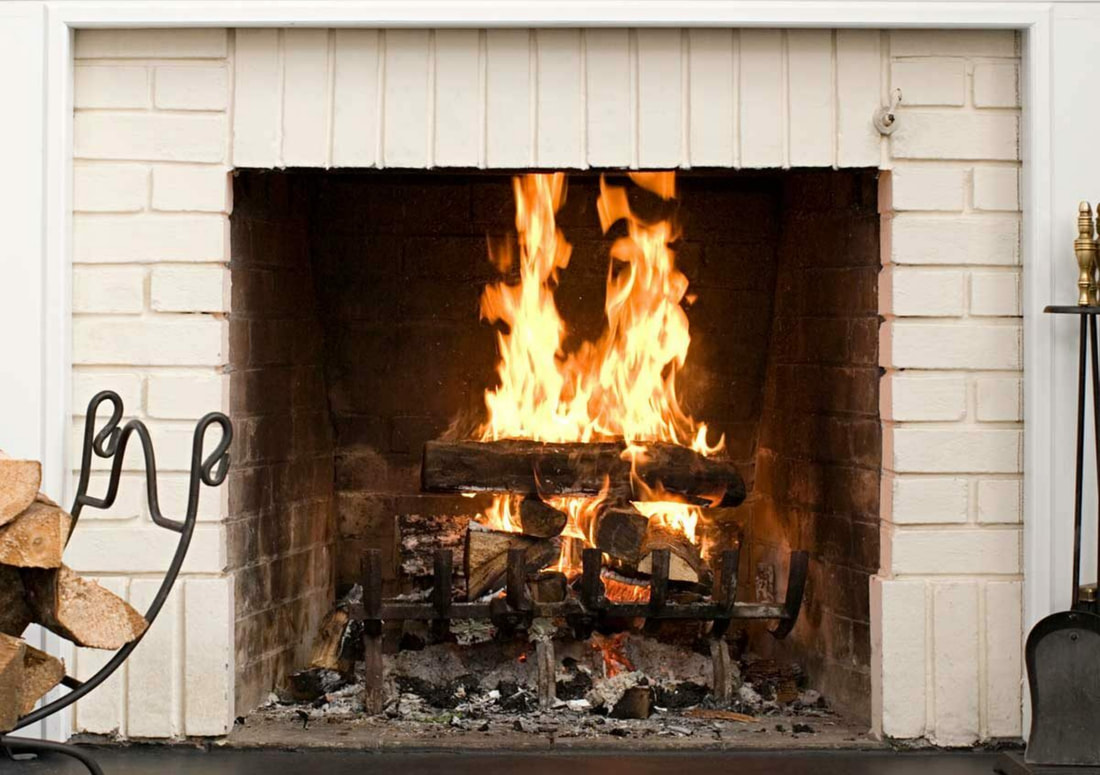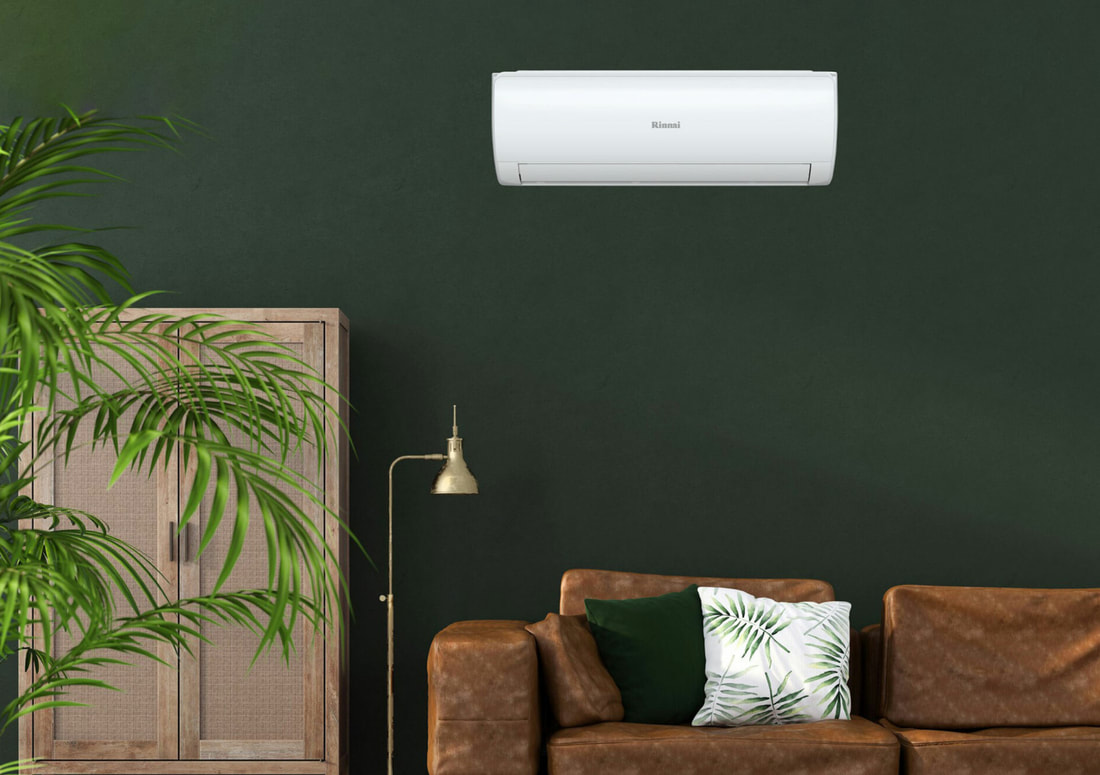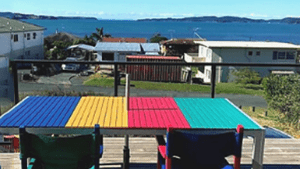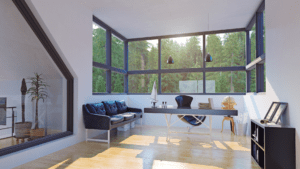Keeping Your Home Warm and Cosy
Date Published:
1. Install a (new) Fireplace
Who doesn’t love the ambience of a wood burning fire? (fetching firewood however might be a different story). Replacing your existing fireplace with the new and improved model is reasonably easy, especially if it is part of a larger scale home extension and/or renovation. You just simply pick out the model, advise your designer/ourselves and stand back and wait for the magic flames to happen.
Sadly, it’s no longer possible to install a new/additional wood burning fireplace without getting consent from the council, due to recently introduced air quality regulations. If you need building consent for your home extension or renovation anyway, it’s a relatively small obstacle that our team can work through on your behalf. Alternatively, if you just want a fireplace installed, the manufacturers you purchase the model from should also be able to handle this part of the process for you.
If it all sounds like too much hassle, a gas fireplace might be a better option. Although they haven’t been as popular with our past home extension and renovation clients, due to the smaller flame and lesser heat, recent models have done a lot to improve this, which makes a gas fireplace a more appealing option. Other pro’s of a gas fireplace include convenience – you only require a switch to turn them on and off, reduced mess due to the lack of firewood, coal and ashes and are more environmentally friendly. However, if you’ve been used to a wood burner in the past, you will miss the crackle and hiss of the roaring flame, and are still likely to notice a discernible difference in heat – while a gas fireplace is quick to heat up, it also loses heat rapidly.

Wood burners look especially good in old villas and bungalows, where there is a more traditional aesthetic, and the glass and minimalism of a gas fireplace would be out of place

One of the coolest things about a gas fireplace is the possibility (budget permitting) of making it two-way, meaning it can be a feature for more than one room
2. Purchase a Heat Pump
Besides a gas or wood burning fireplace, a heat pump is the most commonly purchased alternative for heating your home. The bonus with a heat pump as opposed to a fireplace is that it is dual purpose. Essentially, this means it can be used to both warm your place up, or cool it down, depending what time of the year it is! Although they can be a little bit more expensive to install than a fireplace, they require less maintenance and you’ll never regret spending the extra money, especially when it’s too hot to get off the couch, let alone get to the beach.
One of the coolest functions of a heat pump is that they maintain the temperature that you set them to, i.e. if your optimal room temperature is 20 degrees, they will run until the room gets to that temperature, turn off and then start again if the warmth drops. You are also able to control them remotely, so in the thick of winter you could turn your heat pump on via mobile from work, and then come home to a toasty warm house. Heat pumps are also incredibly energy efficient so you won’t have to worry about big power bills when using either of the aforementioned features, provided you don’t like to live in the tropics year round, most of our house extension and renovation clients don’t note a significant increase.
Heat pumps however do take up quite a bit more room than a fireplace, as they require both an indoor and outdoor unit so if you’re tight on space they may not be the best option. They also aren’t as aesthetically pleasing as a fireplace, so if you like the modern, minimalistic look, they probably aren’t for you. The biggest downside to installing a heat pump is the noise, the units whirring does irritate some people and it definitely isn’t as appealing as the crackle of a wood burning fire. Unless you can sleep through anything, we probably wouldn’t recommend installing a unit in your bedroom, although they are constantly striving to improve this with new models being introduced to the marketplace constantly.

3. Ducted Heating
Ducted heating systems are the new kid on the block, and as a result (depending on what model + size of fireplace you might choose) the most expensive. Essentially, a ducted heating system has a similar sort of function to a heat pump. The main difference being it is ‘ducted’ or installed directly into your ceiling, and typically for maximum efficiency and heat distribution, across multiple rooms. This is in contrast to a standard heat pump or fireplace, where you’d typically only have 1-2 units installed into central areas.
One of the biggest advantages of a ducted heating system as opposed to a heat pump or a fireplace is that a warm or cool temperature is maintained across all areas of your home. So you won’t be warm in the living area and freezing as you go down the hallway to bed any longer! As ducted heating systems are installed into the ceiling, they are also more aesthetically pleasing, as they don’t require a unit which takes up valuable wall space, inside or outside.
The biggest negative of selecting a ducted heating system for your home extension or renovation is cost. As a general rule of thumb, you’re looking at double the price of installing a heat pump or fireplace into your main living area i.e. $5,000.00 – $10,000.00 for a heat pump or fireplace, $15,000.00 + for a ducted system. If you are a cold bug, or live in an older home which suffers with condensation challenges, its 150% worth the expense, as will have the biggest benefits, but the choice is down to you!
If you’d like to talk to us further about any of these options and/or completing a home extension or renovation to create a warm + cosy space for your family, please don’t hesitate to reach out either by email or phone;- otherwise, stay tuned for our next blog post!
Check more useful articles here
3 Reasons why utilising natural light in your home is
3 Reasons why utilising natural light in...
Read More









